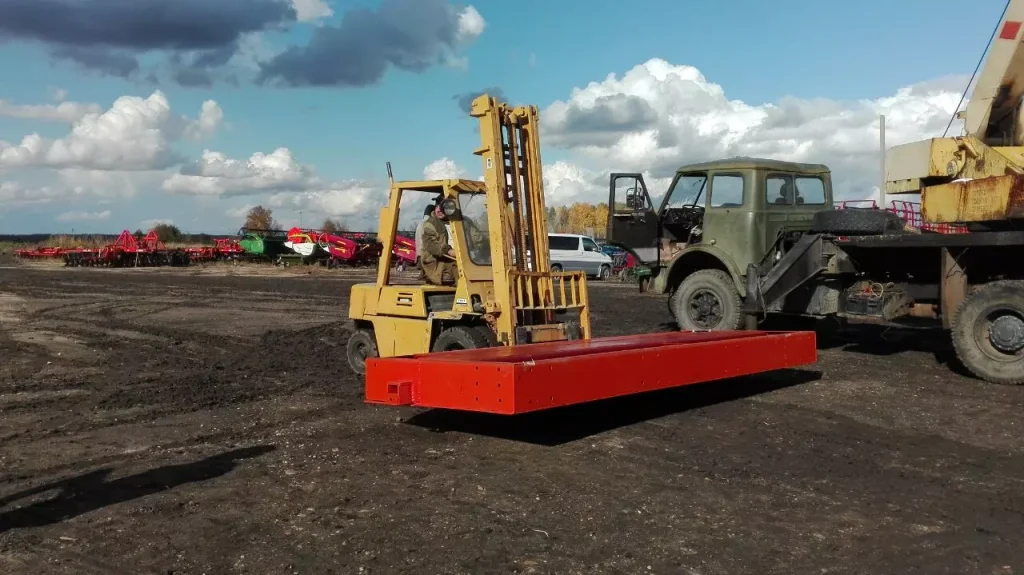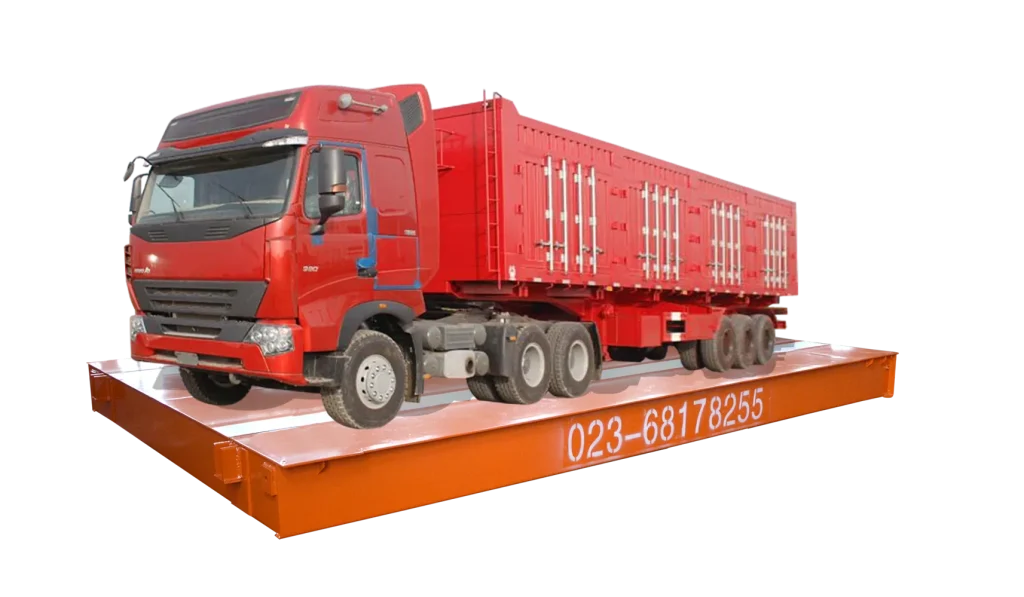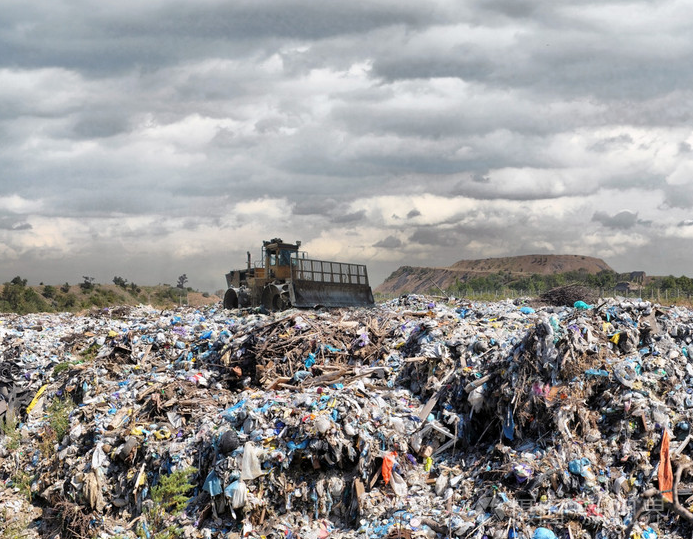Beyond the Pit: A Comprehensive Guide to Weighbridge Care
Weighbridges require ongoing care and attention to maintain optimal performance. Weighbridge manufacturing company Bincen will explore the key differences between pit and pitless weighbridge. We’ll discuss crucial considerations for each type, from general maintenance practices to specific strategies for protecting pit-mounted weighbridge sensors from the perils of mud and sand. By understanding these vital aspects, businesses can ensure their weighbridges operate flawlessly, delivering precise measurements and maximizing operational efficiency for years.
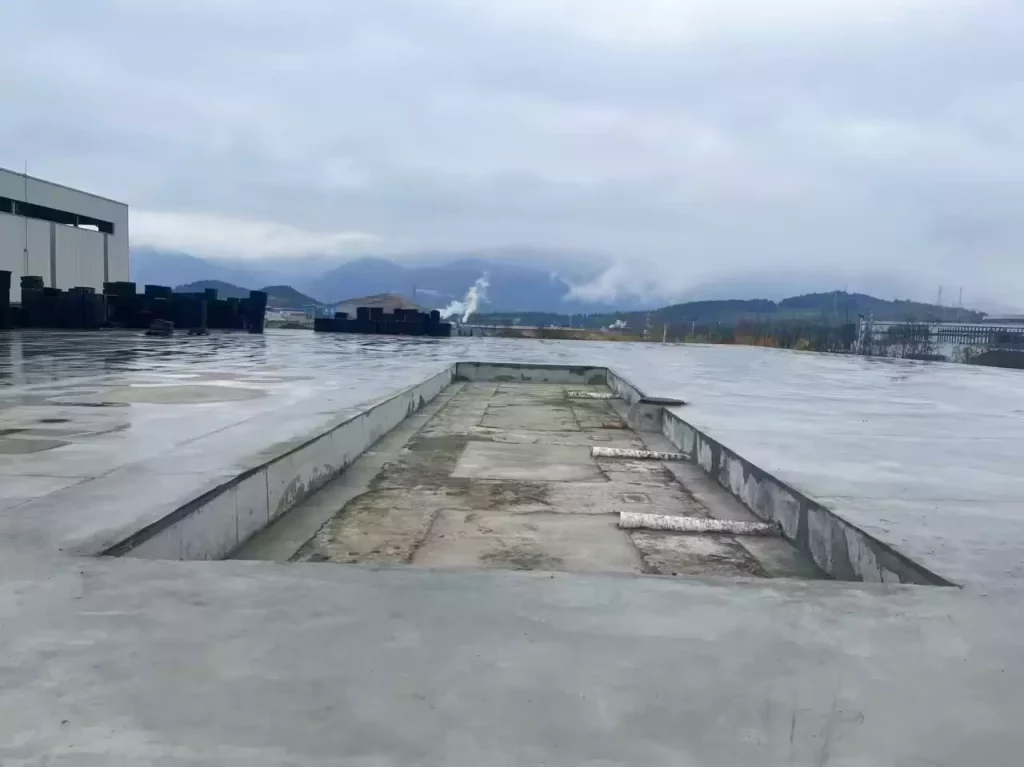
Maintenance Points for Pit Weighbridges& Pitless Weighbridges
| Maintenance Point | Description | |
| Maintenance Points for Pit Weighbridges | Drainage System Check | Ensure an effective drainage system is in place within the pit to prevent water accumulation from eroding the pit and sensors. |
| Pit Inspection | Regularly inspect the pit for cracks, subsidence, or other structural issues and make necessary repairs. | |
| Corrosion Protection | Since some components are underground, check the integrity of the corrosion protection layer to prevent rust. | |
| Cleaning | Maintain a clean pit interior to prevent debris from affecting weighing accuracy and sensor performance. | |
| Maintenance Points for Pitless Weighbridges | Surface Inspection | Regularly inspect the weighbridge surface for damage or wear and make timely repairs. |
| Ramp Maintenance | Ensure ramps are free of obstructions, stable, and facilitate vehicle entry and exit. | |
| Ventilation | Due to ground-level installation, ensure proper ventilation to prevent moisture damage to electronic components. | |
| Drainage | Ensure adequate drainage around the weighbridge to prevent rainwater accumulation. | |
| Common Maintenance Measures for All Weighbridge Types | Electrical System Check | Regularly inspect electrical components like wires, connectors, and cables for secure connections, no exposed wires, and no damage. |
| Sensor Calibration | Regularly calibrate weighbridge sensors to ensure measurement data accuracy. | |
| Software Updates | Check the weighbridge control system software and update promptly to fix bugs or improve performance. | |
| Safety Inspection | Ensure weighbridge safety devices, such as limit switches and emergency stop buttons, are functioning correctly. |
Pit Weighbridges vs. Pitless Weighbridges: Key Considerations
Pit Weighbridges: Challenges and Mitigation Strategies
Pit-mounted weighbridges, being installed below ground level, present unique challenges compared to non-pit weighbridges. These challenges primarily stem from their exposure to moisture and the inherent difficulty in maintenance and inspection. To effectively address these concerns, careful design and maintenance practices are crucial.
1. Water Accumulation and Moisture
- Pit Design and Drainage: Ensure the pit is designed with proper slopes and drainage channels to effectively direct rainwater and prevent water accumulation.
- Regular Drainage Checks: Regularly inspect and clean drainage channels to maintain unobstructed water flow and prevent blockages.
- Corrosion Protection: Apply appropriate corrosion-resistant coatings or treatments to metal components to minimize rust and extend their lifespan.
- Moisture-Resistant Electronics: Utilize electronic components and enclosures specifically designed to withstand moisture and humidity.
2. Maintenance and Inspection Challenges
- Accessibility: Design the pit with adequate access points and walkways to facilitate easy inspection and maintenance of underground components.
- Proper Lighting: Install proper lighting systems within the pit to ensure clear visibility during maintenance and inspection tasks.
- Ventilation: Ensure adequate ventilation within the pit to prevent moisture buildup and promote air circulation.
- Regular Maintenance Schedule: Implement a regular maintenance schedule that includes routine inspections, cleaning, and lubrication of components.
3. Safety Concerns
- Drainage System Design: Carefully design the drainage system to prevent water accumulation around the pit, eliminating slip hazards.
- Pit Edge Reinforcement: Reinforce the pit edges to prevent soil erosion and structural collapse.
- Safety Guards and Railings: Install safety guards and railings around the pit opening to prevent falls and accidents.
- Regular Safety Inspections: Conduct regular safety inspections to identify and address any potential hazards.
Pitless Weighbridges: Advantages and Considerations
Pitless weighbridges, being installed above ground level, offer the advantage of easier accessibility for maintenance and inspection. However, they are more susceptible to surface damage and environmental factors.
1. Surface Damage
- Protective Surface Coating: Apply a durable protective coating to the weighbridge surface to resist wear and tear from vehicles and weather conditions.
- Regular Surface Inspection: Regularly inspect the weighbridge surface for cracks, damage, or unevenness and make timely repairs.
2. Environmental Factors
- Corrosion Protection: Apply corrosion-resistant coatings or treatments to metal components to protect them from moisture and harsh weather conditions.
- Wind Protection: Consider installing windshields or enclosures if the weighbridge is located in areas with strong winds.
- Temperature Extremes: Choose electronic components and enclosures that can withstand the temperature range expected in the installation environment.
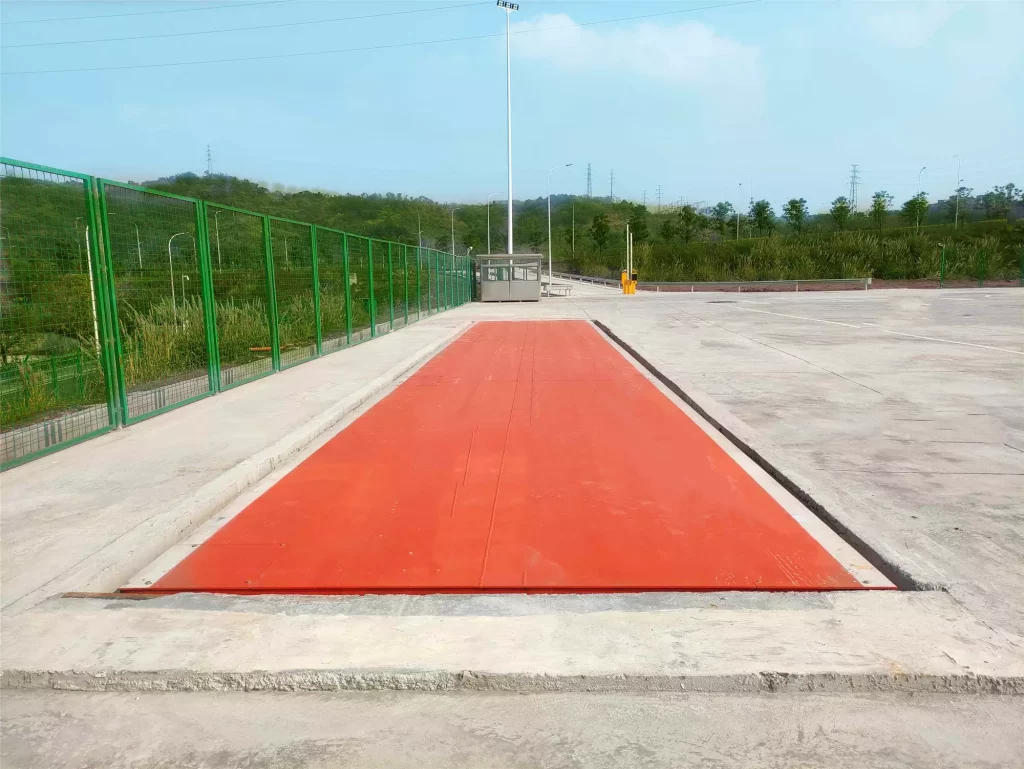
Measures to Prevent Pit Weighbridge Sensors from Clogging with Mud and Sand
Ensuring the accuracy and reliability of pit weighbridges is crucial for precise measurements in various industries. However, these sensors are prone to clogging with mud, sand, and other debris, leading to inaccurate readings and potential downtime. To address this issue, implementing effective preventive measures is essential. Here are some key strategies to prevent pit-mounted weighbridge sensors from clogging:
1. Design an Adequate Drainage System
- Ensure Proper Slopes: Construct the weighbridge with sufficient slopes to allow water to drain naturally.
- Install Effective Drainage Pipes or Ditches: Install drainage pipes or ditches around the weighbridge to prevent water and mud from accumulating.
2. Utilize Filters or Grates
- Install Filters or Grates at Entrances: Place filters or grates at the weighbridge entrances to block larger solid particles, reducing the chance of mud and sand entering the sensor area.
3. Conduct Regular Maintenance and Cleaning
- Regularly Check Drainage Systems: Regularly inspect the weighbridge’s drainage system, removing any accumulated mud, debris, and blockages to maintain drainage efficiency.
- Periodic Cleaning: Use high-pressure water guns or professional cleaning tools to thoroughly clean the drainage system and sensor area when necessary.
4. Employ Dustproof and Waterproof Sensor Enclosures
- Choose Dustproof and Waterproof Sensor Housings: Opt for sensor enclosures specifically designed to resist dust, moisture, and other environmental factors, effectively protecting the sensors from external contaminants.
5. Verify and Adjust Weighbridge Levelness
- Ensure Level Installation: Ensure the weighbridge is installed level to prevent uneven water flow that could lead to mud accumulation.
- Routine Level Checks: Regularly check and adjust the weighbridge’s level using appropriate tools and techniques.
6. Design Inspection Channels
- Incorporate Inspection Access: Include inspection channels in the weighbridge design to facilitate regular inspection and cleaning of the sensor surroundings.
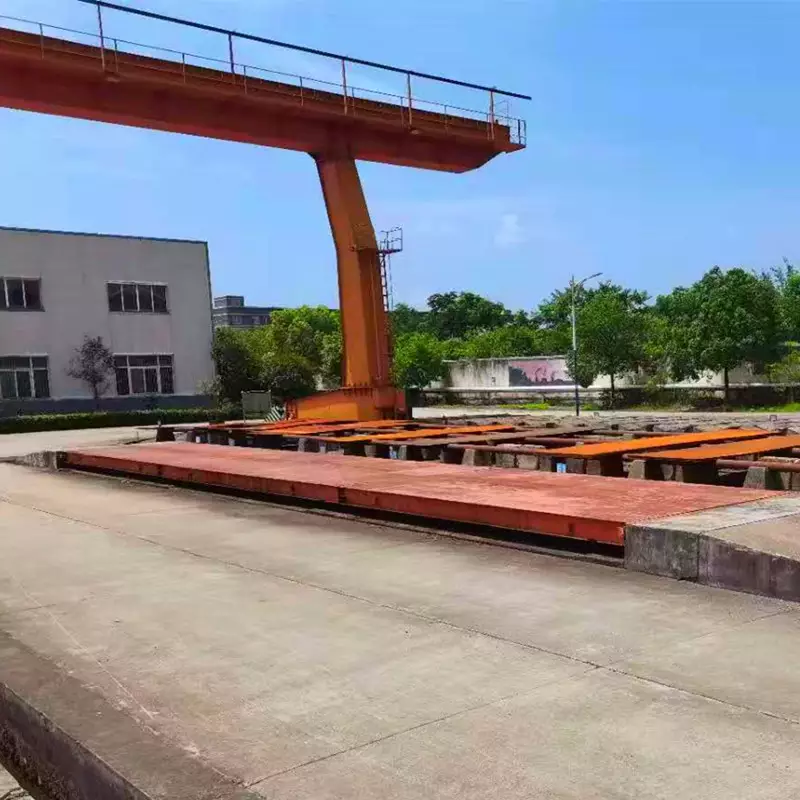
Conclusion
The world of weighbridges extends beyond the pit. For detailed differences between pit-mounted weighbridges and non-pit weighbridges, please refer to another article written by Bincen: Dig in Or Drive on? Pit Vs. Pitless Weighbridges. Understanding the distinct characteristics of the pit and pitless weighbridges allows businesses to make informed choices based on their specific needs. Implementing a comprehensive maintenance plan that addresses the unique challenges of each type, along with specific measures to prevent sensor clogging in pit weighbridges, is paramount for ensuring accurate and reliable weight measurements. By prioritizing proper maintenance and care, businesses can unlock the full potential of their weighbridges, fostering a foundation for long-term operational success and precise weight determination.

